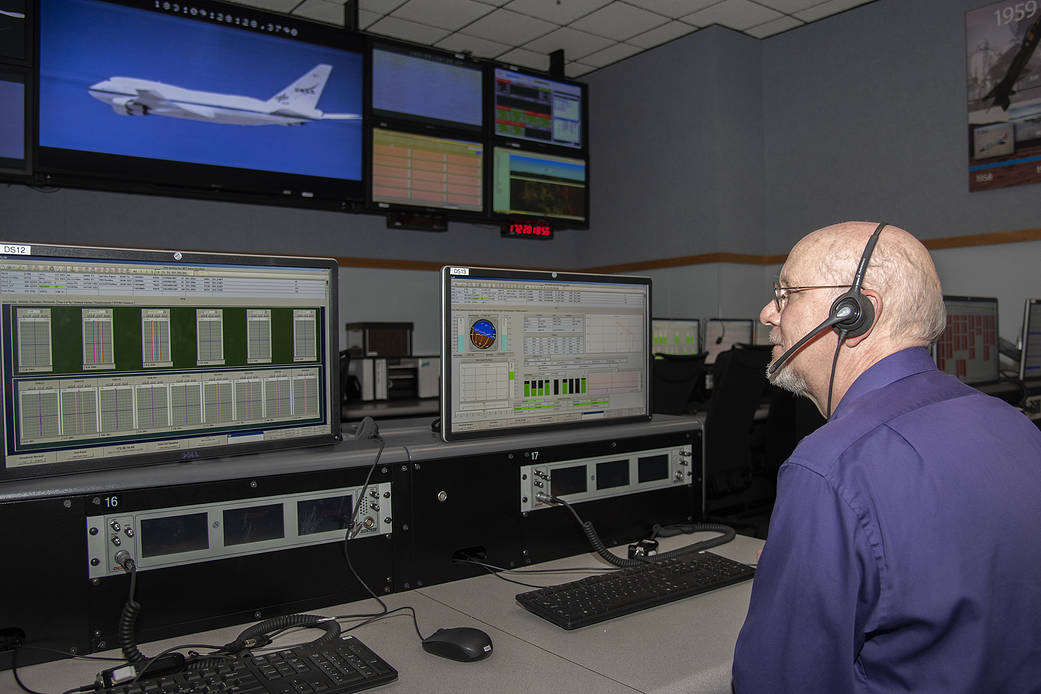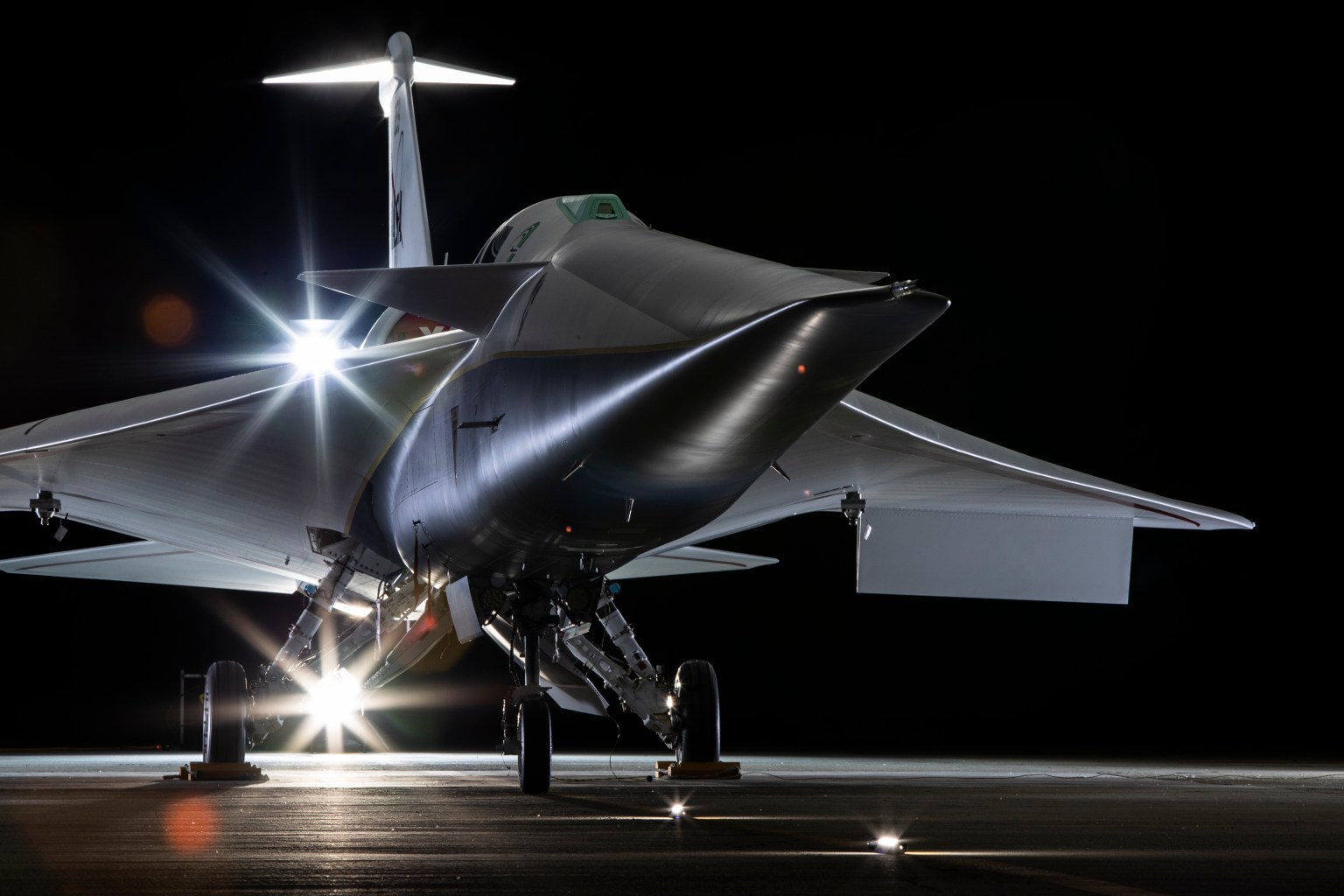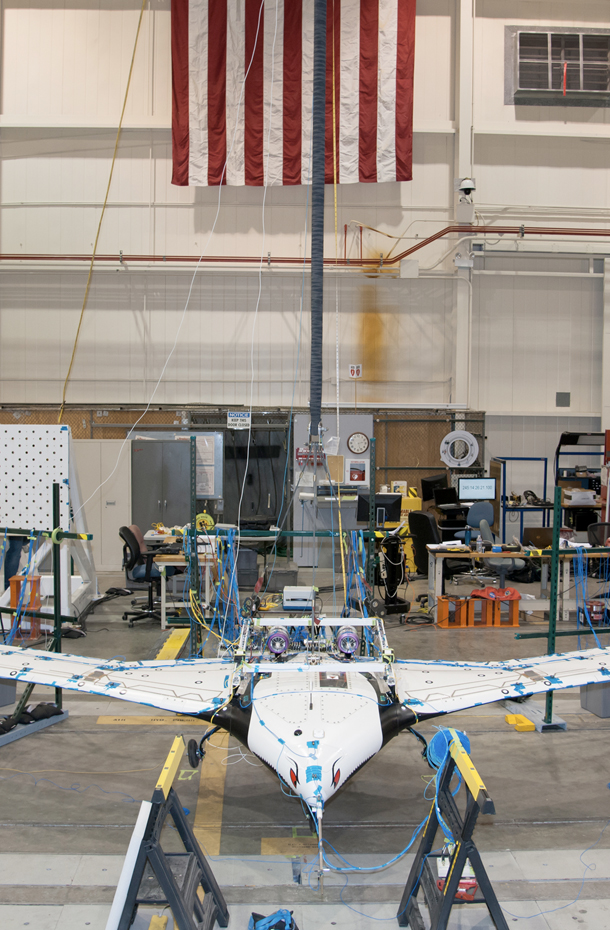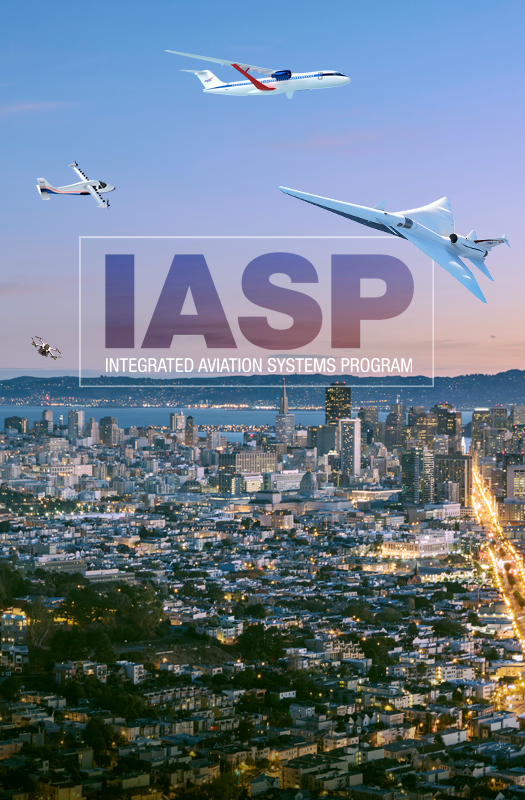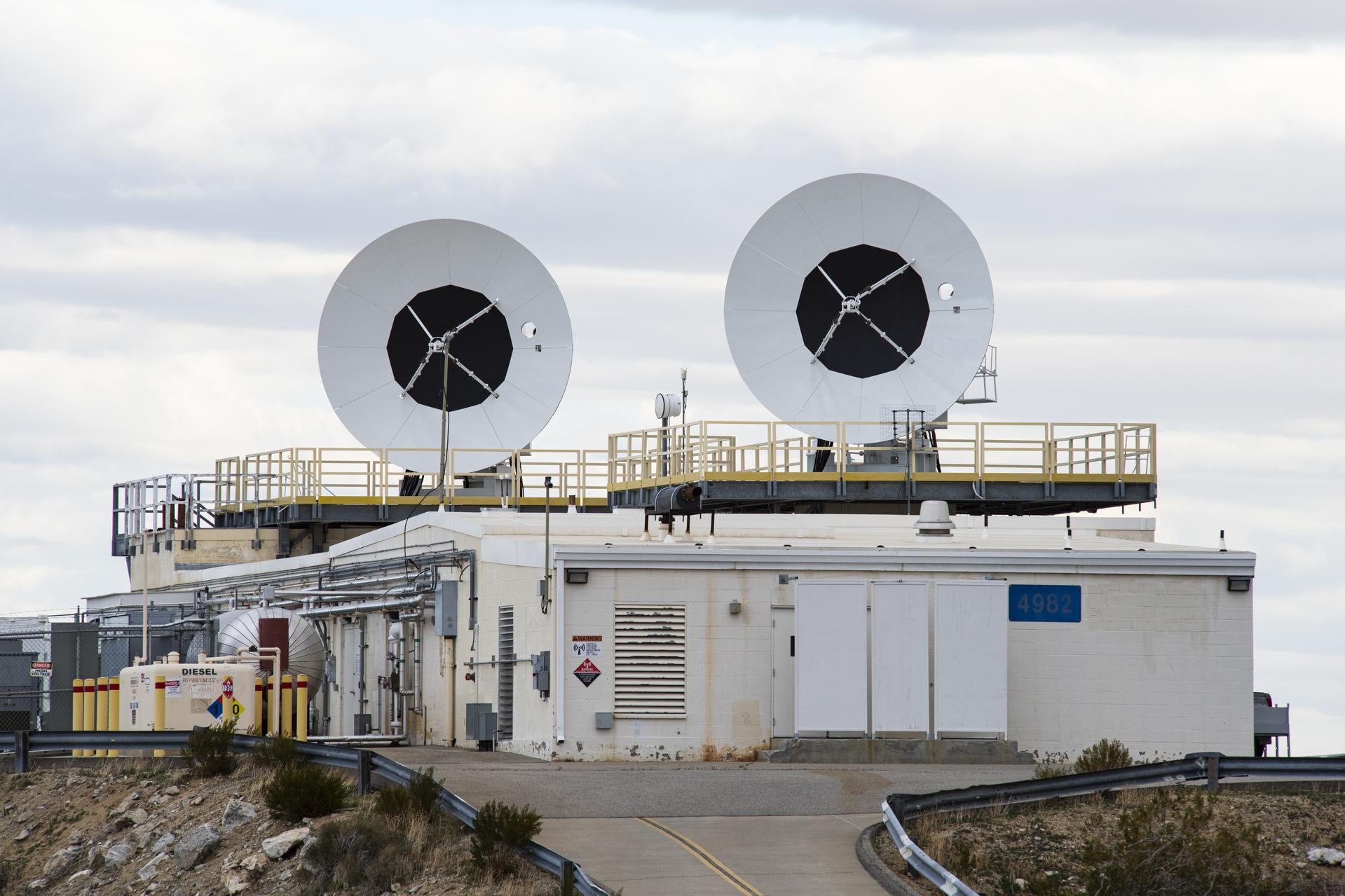
Dryden Aeronautical Test Range
Supporting flight operations and low Earth-orbit missions.
Overview
Named after the late Hugh L. Dryden, the center’s namesake since 1976, the Dryden Aeronautical Test Range (DATR) at NASA’s Armstrong Flight Research Center in Edwards, California, consists of a network of radar, telemetry, and communications assets that monitor, process, and record data from test flights in restricted special-use airspace and transmit that information to mission control centers.
The range supports flight operations and low Earth-orbit missions. A precision radar provides tracking and space positioning information on research vehicles and other targets. Fixed and mobile telemetry antennas receive real-time data and video signals from the research vehicle and relay this data to telemetry processing areas.
DATR Integrated Next Generation System processes radar and tracking data for display and analysis to researchers in the DATR mission control centers (MCCs). Audio communication networks support research operations; video monitoring provides real-time and recorded data for the control and safety of flight test missions.
Mission data is processed in real-time and near real-time as well as archived to provide a means of support for subsequent post-mission analysis. Alliance agreements with Edwards Air Force Test Center (AFTC) allow for cross utilization mission support systems and engineering services.
The experimental flight test programs supported include space-based, hypersonic, supersonic, subsonic, crewed and uncrewed, and aircraft- and ground-based vehicles.
Click to Download the DATR Fact Sheet
75 Years of Armstrong: Tracking
In 2022, Armstrong celebrated 75 years of flight with new videos each month. The final video of the 12-part series focused on tracking and Armstrong’s state of the art integration of communications, tracking equipment, computers, and electronic display systems.
Watch the 75th Anniversary video series




































